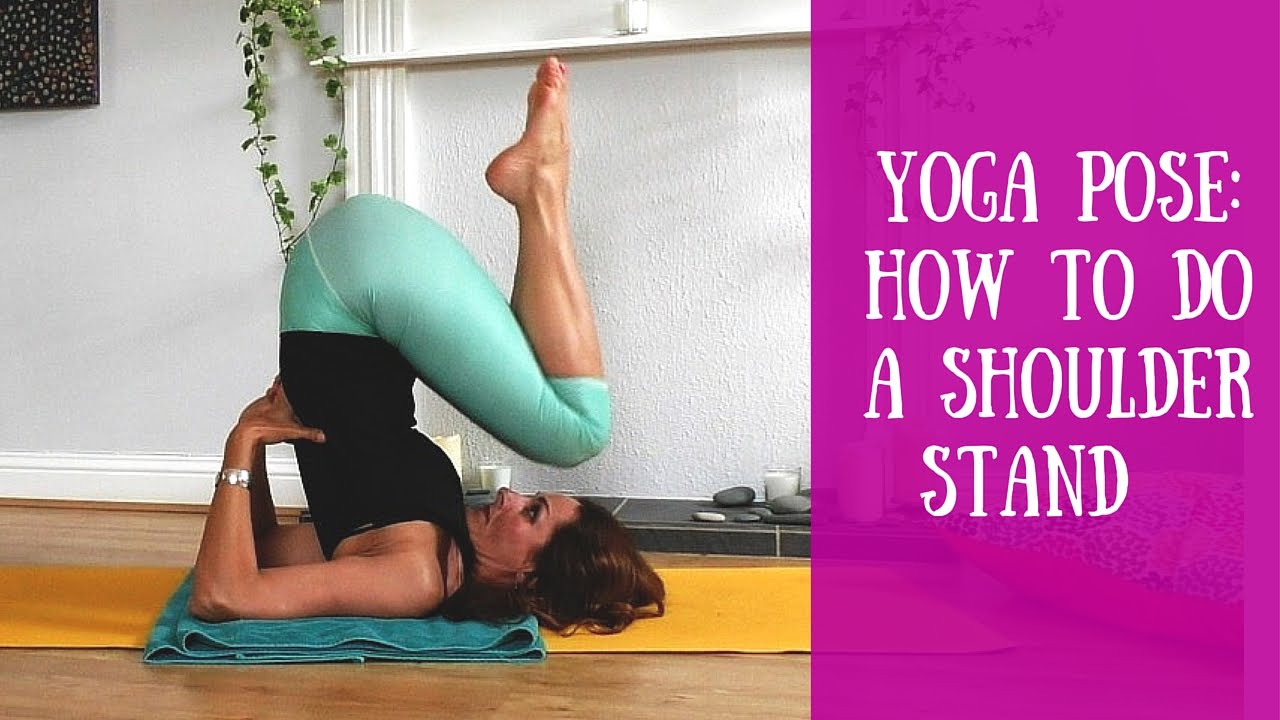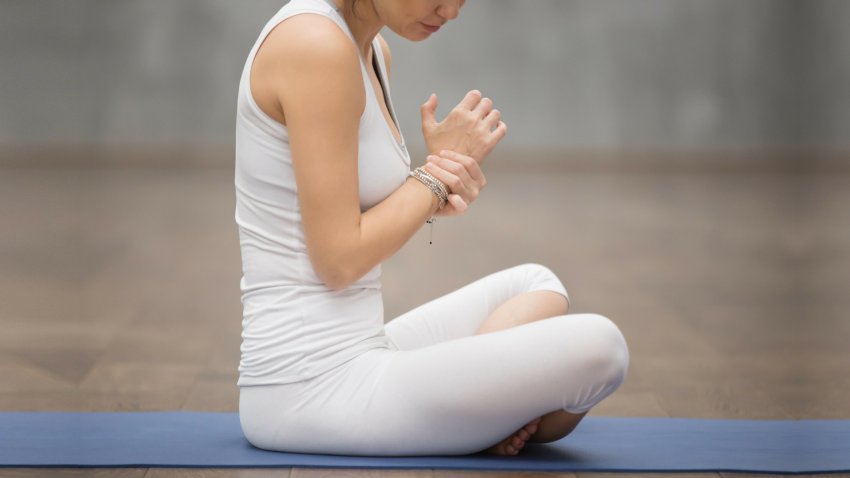
The added benefits of hot yoga are the main reason to do it. Hot yoga increases flexibility and can also be a cardiovascular workout. It can improve skin tone, digestion, and detoxify your body. However, if you have specific health problems or are unable to tolerate intense heat, it is best to avoid hot yoga classes. Learn more about the benefits of hot yoga, and how to safely do it.
Some risks of hot yoga include fainting, muscle cramping, and vomiting, especially if you are new to it. These classes should be avoided for people who have low blood pressure, or are suffering from other medical conditions. A hot yoga class should be avoided by people who have cardiovascular problems or are pregnant. It is best to continue to regular classes if you are not sure about the benefits of hot Yoga. People with diabetes or heart disease, as well as those who have pre-existing conditions, should not practice hot yoga. Hot yoga should be avoided by people with heat intolerance.

Although hot yoga is a great option, there are some dangers. The room temperature should not exceed 100.4 degrees Fahrenheit. However, this is too high for some people. The heat can lead to lightheadedness, dizziness and even heatstroke. If you're new to hot yoga, consult your physician before attempting it. If you have a health condition, it's best to consult a health care professional before beginning a hot yoga program.
Hot yoga might not be safe for some people due to certain health conditions. Hot yoga should not be attempted if you are at risk of developing heart disease. Another benefit of hot yoga is its ability to increase muscle strength. It can improve muscle strength which is critical for overall health. The US Department of Health and Human Services recommends doing two hours of muscle strengthening exercises per week. Begin with traditional yoga or a low heat yoga class if you are worried about the potential dangers of hot Yoga.
While hot yoga can have many benefits, most people are satisfied with its benefits. But there are also risks. For example, a recent study conducted by Mace Firebaugh, who surveyed 700 people, found that 49 percent of people who practiced hot yoga reported improved mood, better flexibility, and less anxiety. There are risks to hot yoga, but most people experience no or minimal negative effects.

There are many benefits to hot yoga, such as its ability improve mood. It may be helpful in overcoming depression. It's also an effective way to exercise. If you're a beginner, you may want to try hot yoga classes before you try it with a heated class. Alternately, you could take a beginner class before moving on to a more advanced. Combining both of these classes might work best for you.
FAQ
What's a good workout routine for daily?
To stay fit, you need to exercise regularly. You don't have to do the same type of exercise every day, it doesn't really matter. Consistency and consistency are the keys to success. To achieve success, you need to persevere for a long time.
Start by doing small amounts of daily physical activity (like walking). Then gradually increase the time spent exercising until you spend 30 minutes a day working out. This could include running, cycling, swimming, weight training, yoga, or aerobics classes.
It's important that you get your exercise done every day. You should not miss any sessions unless there is a good reason.
Make sure to wear appropriate clothing and footwear for outdoor exercise. You should also consider the weather conditions that could affect your ability exercise safely.
When you exercise, drink plenty of fluids. Drinking alcohol at this time can lead to dehydration. Avoid caffeine-rich drinks like coffee, tea, and coca. They can provide energy, but they also dehydrate.
When you first start exercising, you might feel tired after completing your workouts. But if your workouts are continued, you will feel more energetic.
Are There Any Benefits to Yoga?
Yoga has existed since ancient times. It has only recently been more popular. Yoga is very popular with celebrities as well as ordinary people who wish to be fit and healthy.
Yoga is great for strengthening your muscles and stretching them. Yoga is also great for calmening your mind and relaxing.
The main difference between yoga and other forms of exercise is that yoga focuses on breathing techniques.
You can practice various poses to improve your flexibility and balance.
How do you lose weight?
It can be difficult to lose weight. Many people give in to temptation because they don't know how to proceed.
You can lose weight by following a few simple steps.
First, ensure you eat fewer calories that you burn. If you are eating more than you are burning, then you are going to gain weight.
For all of those extra calories to be burned, it is important that you exercise regularly. You have many options, including walking, biking, dancing and jogging.
Third, you need to stop drinking alcohol and smoking cigarettes. These habits cause you to consume more calories than you would otherwise.
Fourth, you need to cut back on fatty foods and junk food. They can be replaced by healthier options, such as fruits and vegetables, lean meats or whole grains, legumes, seeds, beans, and nuts.
Fifth, change your lifestyle. You may have to get up before the rest of the world to exercise.
Sixth, discipline and following a diet plan are essential.
Lastly, you can join a gym or attend an aerobics class to burn those excess calories.
Follow these simple steps and you'll soon start to see the results.
How to build muscles quickly
To build muscle quickly, eat healthy foods and exercise regularly.
Mornings are the best time to workout.
You should try exercises such as squats, bench presses, push-ups, etc.
Take a look at different weight training options and make sure to drink plenty of fluids throughout the day.
Do I have to exercise every single day?
No! You should do at least 30 mins of moderate-intensity activity 5 days per week. That could mean walking fast enough for you to get slightly out of breath and biking hard enough for you to sweat.
Is it true that kidney stones can be caused by overeating protein?
Protein helps maintain healthy bones and tissue. Consuming too much protein can result is calcium excretion via urine. This can lead kidney stones.
Not everyone who eats more than 2g of protein per kilogram (2.2 lbs) of bodyweight will get kidney stones. Some people can eat high amounts of protein without getting kidney stones.
Your sodium intake can prevent kidney stone formation. The kidneys regulate the amount of sodium they consume. Too much sodium can lead to kidney stones.
If you have kidney stones, you can reduce your intake of protein. The majority of adults need protein for half their daily caloric needs. A reduction in protein intake will likely result in weight loss.
If you do decide to eat more protein, don't go overboard. You should aim to consume less than 20% of your total calories from protein.
Statistics
- 10 pounds in a month is likely during a lean bulking phase, especially for beginners. (muscleandstrength.com)
- According to the American Heart Association, blood pressure should be checked at least once every two years, beginning at age 20. (my.clevelandclinic.org)
- An estimated calorie range for moderately active adult males falls between 2,200 to 2,800 calories per day, depending on age. (eatright.org)
- Cardmembers earn 5% Back at Amazon.com with a Prime Credit Card. (amazon.com)
- Get free shipping and 25% off today. (healthline.com)
External Links
How To
How can I burn fat while exercising?
Exercise can help you burn calories and increase your metabolism.
Moderate intensity exercise is a safe way to lose weight.
These are the top tips for burning fat while you exercise.
-
Cardio exercises include swimming, running or cycling.
-
Three times per week, exercise for 30 minutes.
-
You can lose weight by adding strength training to the routine.
-
Avoid intense training. You can build muscle without having to lose muscle tissue.
-
Hydrate well during exercise. Water helps flush out toxins and keep your body properly hydrated.
-
After working out, make sure to drink low-fat proteins shakes. Protein shakes can help boost energy and repair muscles.
-
You can eat smaller meals throughout the day so that you don't feel hungry in between meals.
-
Don't skip breakfast! Skipping breakfast can lead to fatigue and sluggishness.
-
Take care of your mind. Stressful situations can slow your metabolism.
-
Keep a positive attitude. Studies show that overweight people are more likely to be obese than those who perceive themselves as attractive.
-
Get enough sleep. Insufficient sleep can make it more difficult to lose weight.
-
Active living is key. Make sure you get up and move every hour.
-
Maintain a healthy diet. Healthy eating will keep you fuller and more satisfied for longer.
-
Relaxation is possible by finding ways to relax. An anxious mind won't allow your body release stress hormones, which can lead to the destruction of muscle tissue.
A balanced diet contains all necessary nutrients for growth and development.
Consider eating six small meals daily instead of three big ones. This gives your body more time to digest the food you eat.
You need about 500 milligrams of calcium daily to maintain strong bones. Calcium can also be found in milk products, yogurt, fortified Soy beverages, orange Juice, cereals and bread.
Calcium can be found in leafy green veggies, beans, tofu and nuts as well as seeds, nuts and cheese.
Vitamin D is necessary for the body to absorb calcium. Vitamin D is found in eggs yolk, fatty fish and fortified foods.
Vitamin E is important for skin health. It can be found as a vegetable oil, wheat germ, peanuts or almonds.
Your body needs zinc for normal immunity function and wound healing. Zinc can be found in seafood, legumes and meats.
Zinc deficiency can cause fatigue and loss of appetite. It can also lead to depression and impaired immunity.
Consuming too much sugar can cause insulin resistance. This causes an increase in blood glucose levels. Insulin resistance can lead to weight gain.
Insulin resistance develops when there are high levels of free radicals in the bloodstream. Free radicals can be molecules with unpaired electrons that cause damage to cell membranes.
The main sources of free radicals are food additives.
Free radical damage can lead to cancer, heart disease, diabetes, arthritis, asthma, and aging.
Eating a well-balanced diet with antioxidants is the best way to prevent free radical damage. Antioxidants protect against oxidative damage.
Vitamin C, beta carotene (found within citrus fruits, carrots, sweet potatoes and spinach), Vitamin E (found inside nuts, olive oils, avocados and eggs), and Vitamin C (found among mangoes.
Selenium, copper as well as manganese and zinc are some other antioxidant nutrients.
Selenium protects cells against oxidative damage from free radicals. Selenium may be found in Brazil nuts as well tuna, liver and kidneys. It can also be found on shrimp, cod, turkey, beef lamb, pork, chicken, and other foods.
Copper protects eyes, brain, lungs and red cells. Copper can be found in shellfish and poultry as well as meat and organ meats.
Manganese plays an important role in bone structure. Manganese is found in brown rice, spinach, bananas, prunes, raisins, oatmeal, and lentils.
Zinc is necessary for average growth, reproduction, and wound healing. Zn can also be found in white fish, lean cuts of meat, poultry, and eggs.